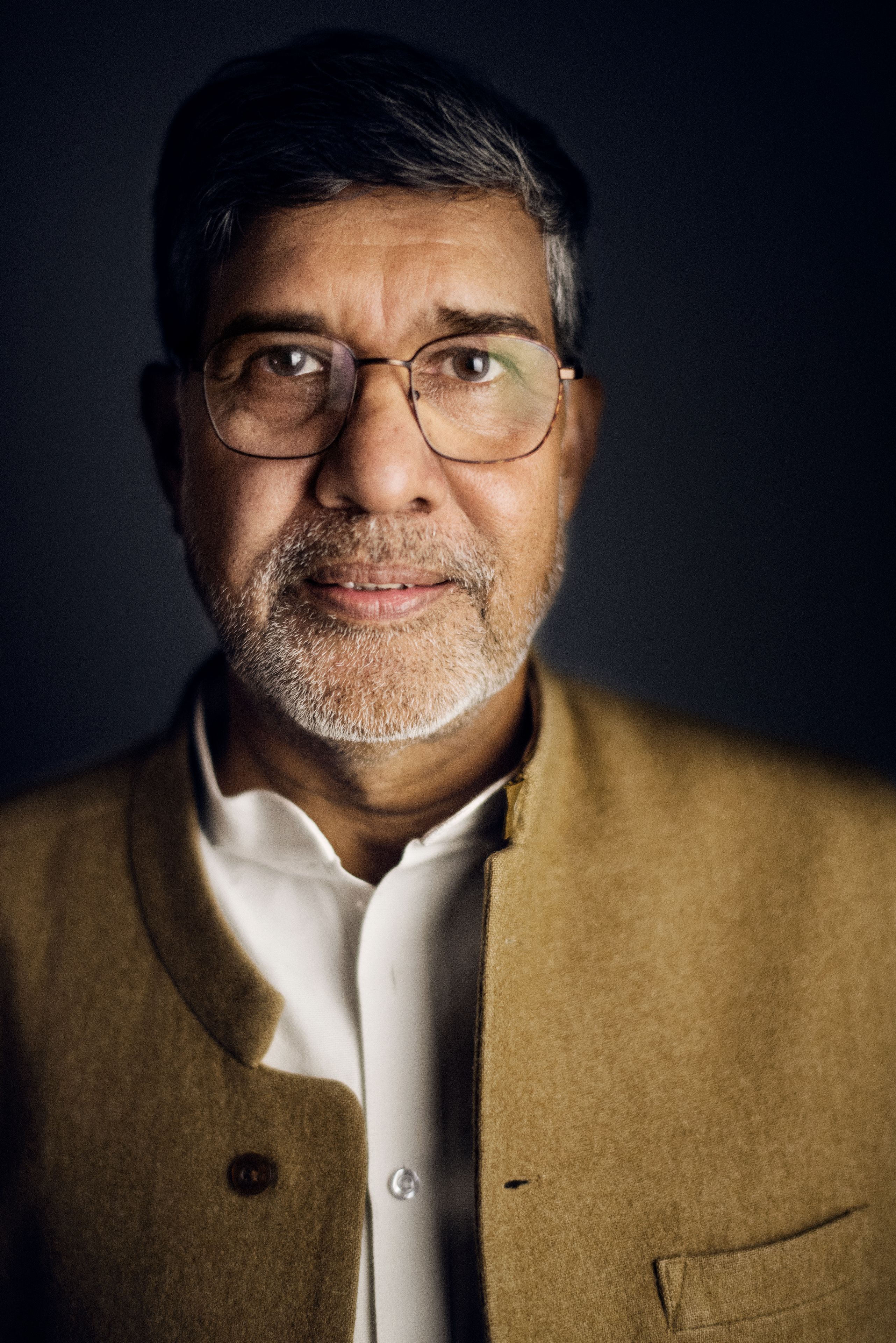Each child-worker is one too many
According to ILO, the number of children in child labour internationally has decreased by a third since 2000– from 246 million to 168 million children. More than half, 85 million children, are in hazardous work (down from 171 million).
Asia and the Pacific still have the largest numbers of child labour, whilst Sub-Saharan Africa continues to be the region with the highest incidence of child labour. Agriculture remains by far the most troublesome sector where child labour are found. However, the problems are not as negligible in services and industry, as in the informal economy.
"Not a single person should be left out or left behind, in any corner of the world, in the pursuit of global progress."
Our Duty
So, this is good news. Right? But why focus on labour rights if we are in the process of eradicating child labour? Because each child worker is one too many - and there are still 168 million of them. Because it is our duty to represent the millions of children who are left behind, and because child labour and the rights of labour depends on the conditions of their families and caretakers.
This week, the ITUC launched their global right index 2017 with worrying news indeed. The number of countries experiencing physical violence and threats against workers has increased by 10 per cent in just one year, according to the annual 2017 ITUC Global Rights Index. Attacks on union members have been reported in 59 countries. Furthermore, 84 countries exclude groups of workers from labour law. Over three quarters of countries deny some or all workers collective bargaining. Out of the 139 countries surveyed, 50 deny or restrict free speech and freedom of assembly.
The Right not to be Discriminated Against
Out of all the labour rights, the right to organise and right to collective bargaining are the most important, because they are enabling rights and make it possible for workers to fight collectively to improve their other core labour and human rights – including the right not to be discriminated against, the freedom from forced labour and the freedom from child labour. Organising and collective bargaining constitute human rights, columns for development and pillars of strong trade unions, illuminated clearly also through the Arthur Svensson award for international labour rights given out to South African wine workers this week in Oslo.
The campaign against child labour has gained a relatively broad recognition thanks to the fantastic contribution of individuals, like Satyarthi, institutions like the Nobel laureate ILO and the collective pressure of the international trade union movement. There is no doubt that the campaigns around child labour have opened the door for the labour movement, making it possible to discuss broader themes of labour standards.
The Culture of Silence
However, there is no doubt that the general broad attack on labour rights that the world is experiencing has a negative impact on the fight against child labour. The workers under attack are the children’s parents. They are also the workers who should be working the jobs that the children are forced to perform and, at the end of the day, they are the only ones who can carry on fighting on behalf of the children.
Satyarthi quoted Mahatma Gandhi in his Nobel lecture and said:
"If we are to teach real peace in this world (...) we shall have to begin with the children."
He challenged the passivity and pessimism surrounding our children, the culture of silence; this culture of neutrality. To wage the struggle for our children, we, as grown-ups, must be empowered with the rights to do so and the courage to carry it forward.
Share:
